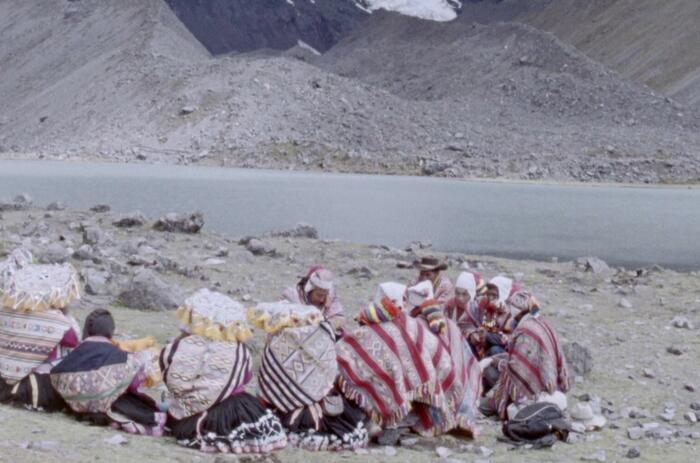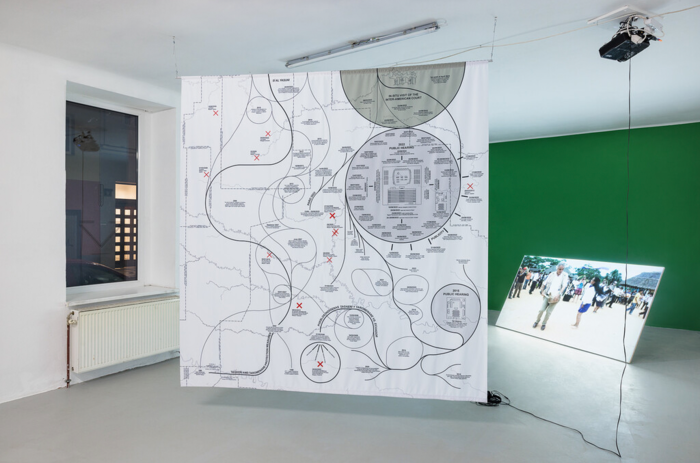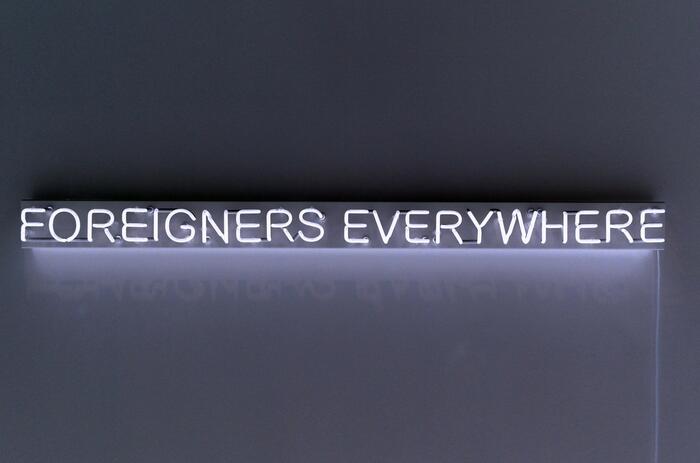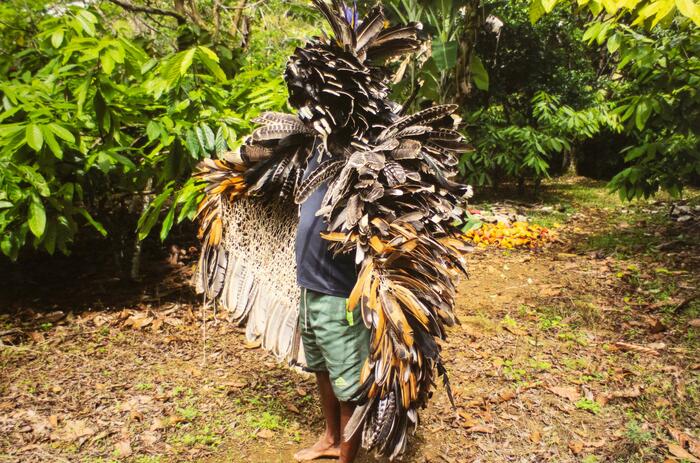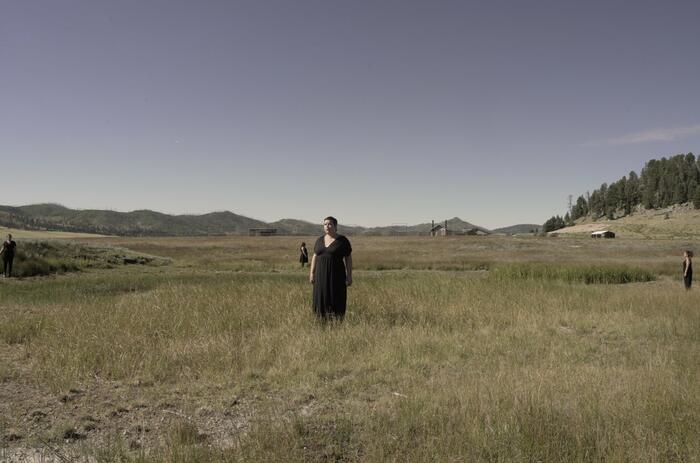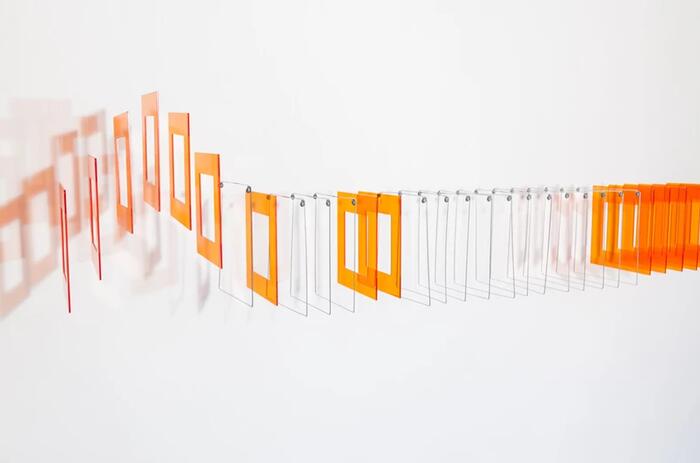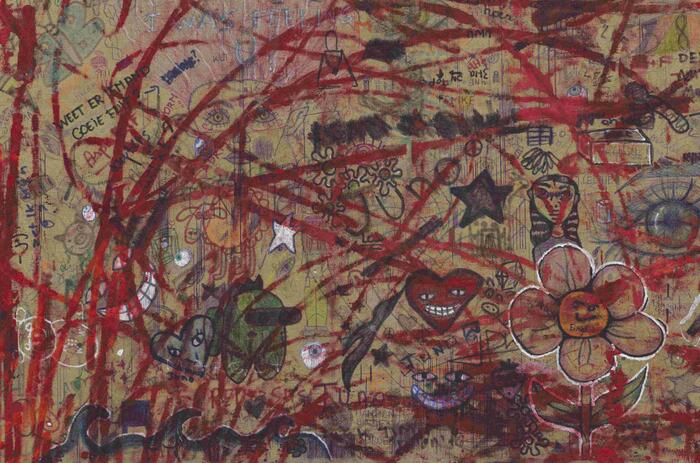HOW WE REMEMBER TOMORROW
How we remember tomorrow, an exhibition at the University of Queensland Art Museum celebrates storytelling across generations, through oceans and waterways and transcending eras and perspectives.
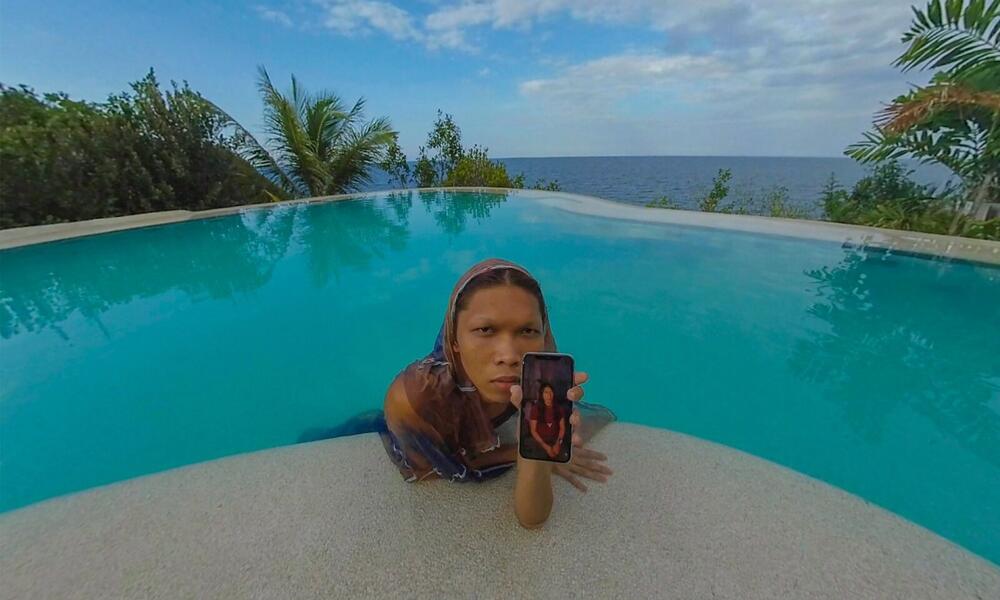
Featured artists understand the watery spaces of our planet as ancestral archives: sources of knowledge that carry stories and cultural practices. Alongside their kin, they honour intergenerational narratives that are disseminated along ocean currents despite ongoing colonial legacies of forced displacement, homeland dispossession, indenture and the loss or dormancy of vital cultural practices.
With song, voice, gesture, motif, whisper, and form, the artists in How we remember tomorrow imbue their works with vital accounts, perspectives and retellings. The exhibition title draws on Shivanjani Lal’s artwork Aise Aise Hai (how we remember), which stands as a monument to the history of indentured labourers of and throughout the Great Ocean.
How we remember tomorrow emerges from sustained engagement with artists who hail from and are descended from the Majority World—referring to countries beyond Europe and its settler colonies where most of the planet’s populations live. Works cherished here come from artists with lineage that spans thousands of intertidal and lagoon zones across the Great Ocean, connected by respect for the waters that connect all. Artists in this exhibition remind us that the sea is and holds memory, the sea is history, the sea bears time and space in every direction. The exhibition submerges in the colonial archive and give rise to futures sustained by Indigenous technologies, knowledges, kinship constellations and planet-centred governance structures.
-
Stephanie Comilang and Simon Speiser, Piña, Why is the Sky Blue? 2021. Video installation with open sound, virtual reality headsets, pillows, 3D printing on woven piña fabric. Courtesy of the artists & ChertLudde, Berlin, Germany.
-
Stephanie Comilang and Simon Speiser, Piña, Why is the Sky Blue? 2021. Video installation with open sound, virtual reality headsets, pillows, 3D printing on woven piña fabric. Courtesy of the artists & ChertLudde, Berlin, Germany.
-
Shivanjani Lal, Aise Aise Hai (How we remember), 2023. 87 cast sugarcane stalks, plaster, cement, turmeric, calcium hydroxide and brass. Courtesy of the artist, Gadigal, NSW.
-
Atong Atem, Banksia, 2021. Single-channel, color video, open sound and vinyl. Courtesy of MARS and the artist.
-
Cora-Allan. Courtesy of the artist.
-
Teho Ropeyarn, Wintiganhu (sister-in-law), 2023. Vynil-cut prints on board, sound. Installation view, Carriageworks, Sydney. Courtesy of the artist and Onespace Gallery, Brisbane. Photo: Zan Wimberley.
-
Latent Community, NEROMANNA, 2017. Single-channel, color video, open sound. Courtesy of Latent Community, Athens, Greece.
Artists: Cora-Allan, Brook Garru Andrew, Atong Atem, Sonja Carmichael and Elisa Jane Carmichael, Stephanie Comilang and Simon Speiser, Latent Community, Shivanjani Lal, Napolean Oui, Lisa Reihana, Teho Ropeyarn, Katerina Teaiwa, Jasmine Togo-Brisby.

